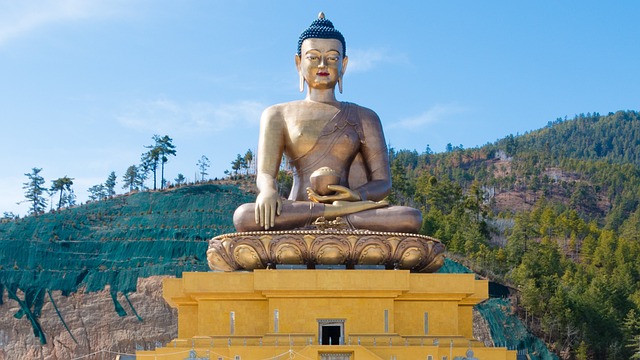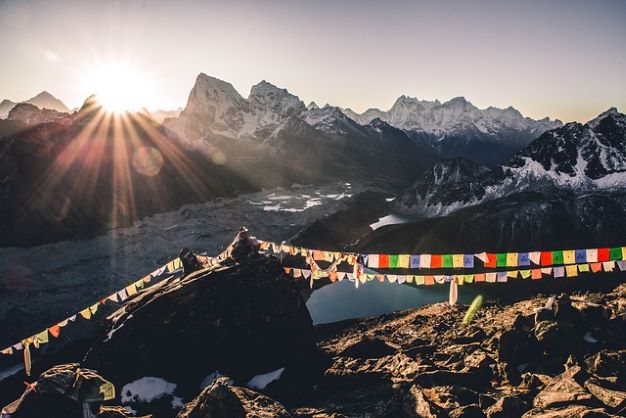Why to visit Semtokha Dzong
Sangak Zabdhon Phodrang is another name for Simtokha Dzong (translates to fort of deep significance of Secret Mantras). In comparison to other dzongs in Bhutan, it is said to be the first to have survived as a whole construction. This is the first dzong to provide administrative services, and it houses the Institute for Language and Culture Studies, which was founded in 1629 by Shabdrung Ngawang Namgyal. The Dzong also has a Lamaâ chamber, a weapon room, and a storage. There is a ruined watchtower 500 metres above the Dzong, and the water fortress, or Chu Dzong, is 100 metres to the left and is presently utilised by students as a prayer hall.
Simtokha, which means "demoness" and "stone," is claimed to have been built at a location where it was easy to keep an eye on the demon, who vanished into a nearby rock. Thimphu and the valleys leading to the Dochu La and eastern Bhutan are protected by the dzong. The dzong was attacked by Tibetans and a few Bhutanese lamas who were opposed to Shabdrung's reign while it was being built. The assault was thwarted. In 1630, the Tibetans stormed the dzong once more, this time successfully retaking it.
However, Shabdrung was able to retake possession of the dzong after the main building fell due to the fire, killing the intruders. Sakyamuni is the dominant figure in the Lhakhang, and the paintings within are regarded to be Bhutan's oldest and most beautiful.









.jpg)















